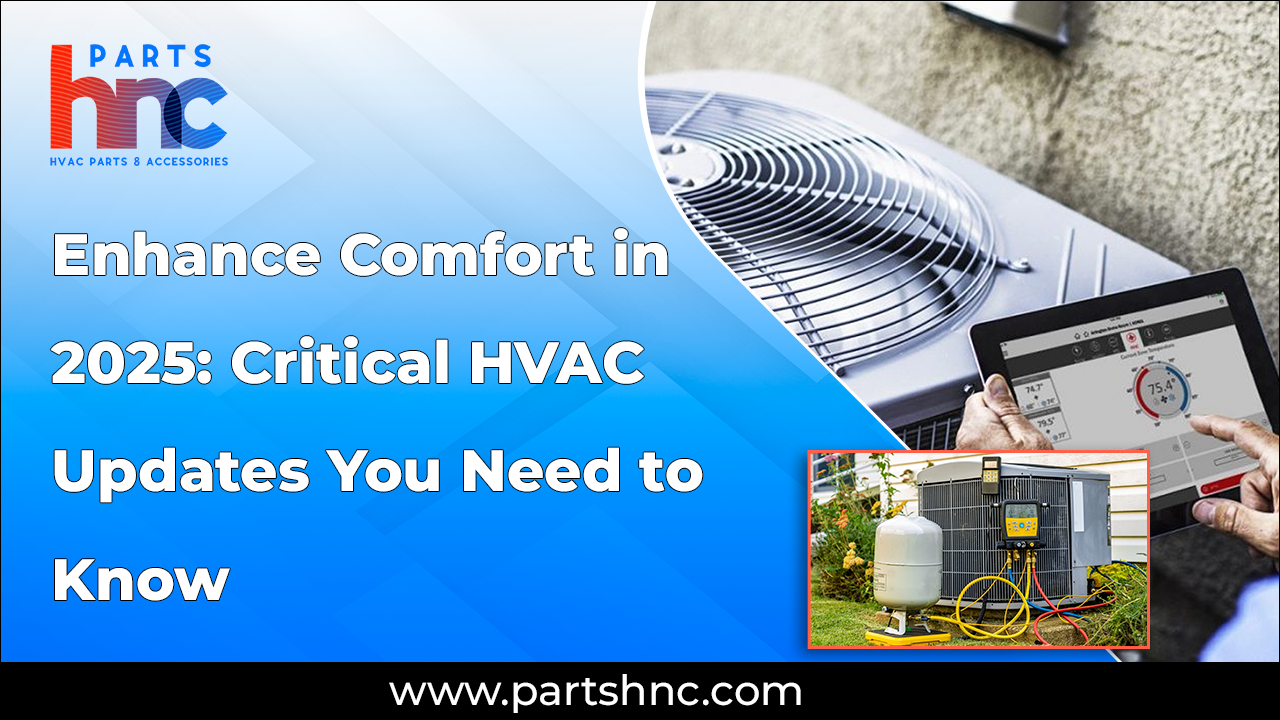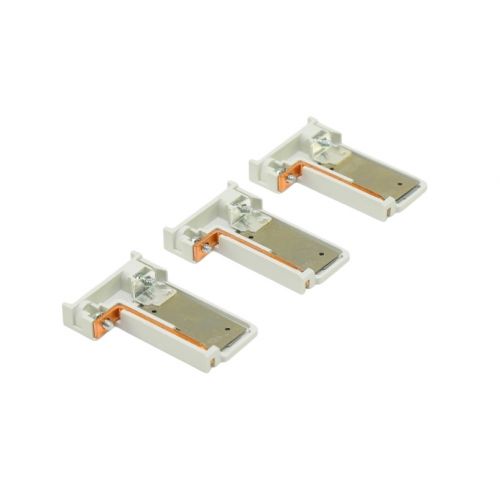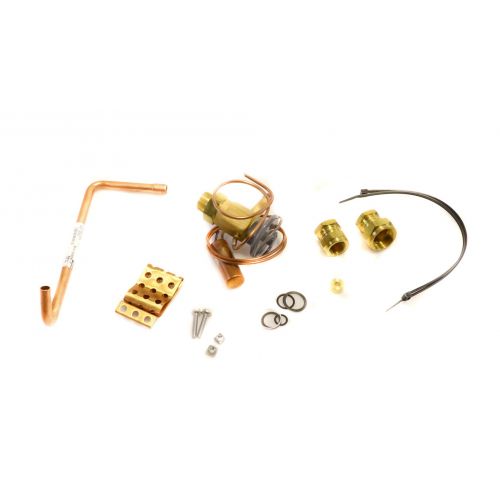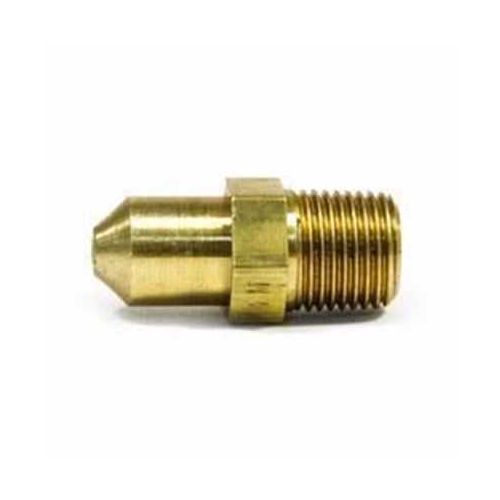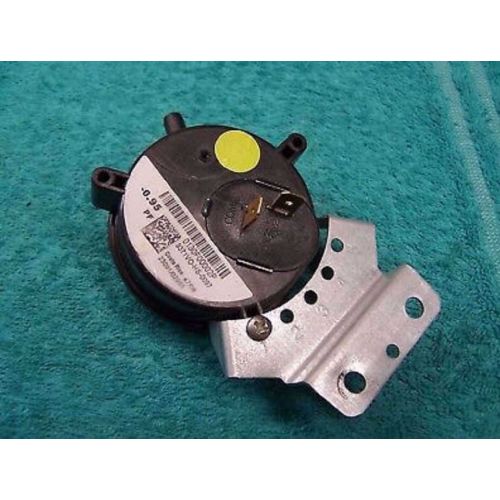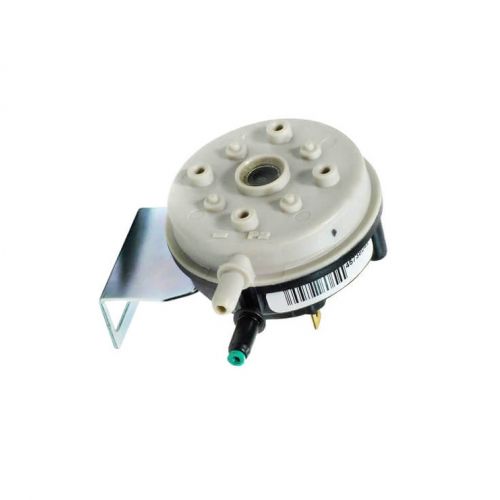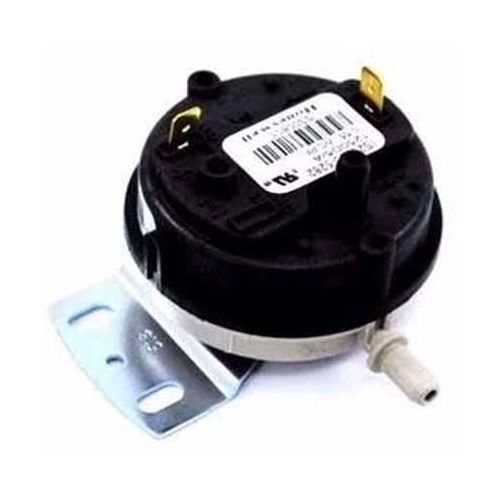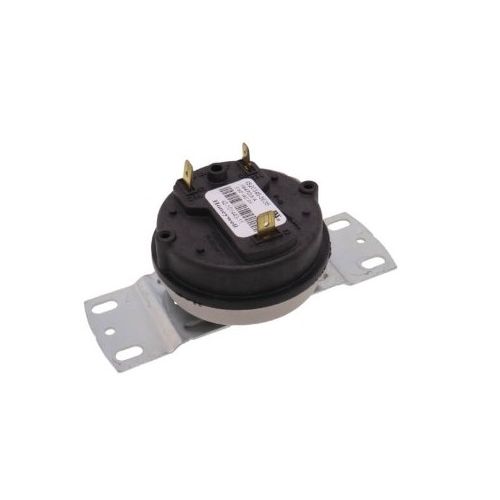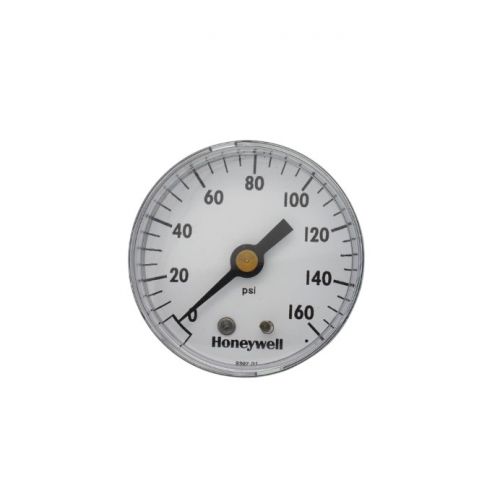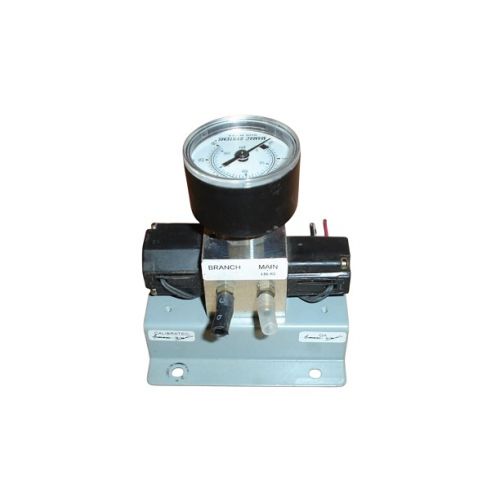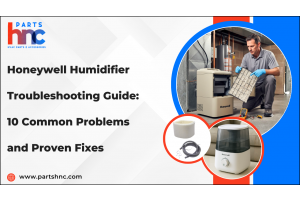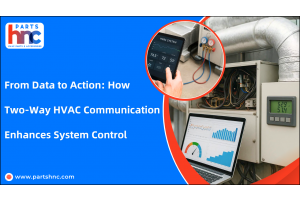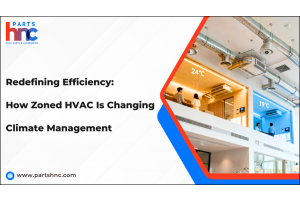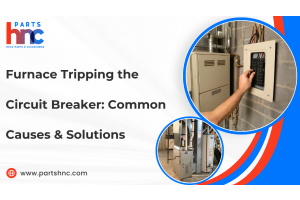Enhance Comfort in 2025: Critical HVAC Updates You Need to Know
In today’s world, comfort, energy efficiency, and sustainability are the most important factors that every home and business owner considers when it comes to HVAC systems. HVAC systems are getting smarter and more energy-efficient with the advancement in technology than it has ever been. Whether you are going to install a new HVAC system or build a new structure, it is important to know the current technology to get the best out of your system and avoid wastage of energy. In this article, we explore some of the most important HVAC upgrades and innovations that you should look at as you approach 2025.
Smart HVAC Systems: The Future of Home Comfort
Important development of recent years is the emergence of smart HVAC systems. Smart thermostats have been in the market for some time now, but the current models are much smarter and efficient in increasing energy efficiency. The primary purpose of a smart thermostat is to enable users to control the temperature of their homes remotely using a smartphone application; however, current smart thermostats have numerous advanced features that offer more detailed information about energy consumption and the performance of the system.
Key Benefits of Smart HVAC Systems:
-
Remote Monitoring and Control: Smart thermostats can be operated through applications, meaning you can change the temperature in your home while you are on the other side of the country.
-
Energy Efficiency: These systems learn your behavior and the program changes the temperature depending on your routine. This helps to save energy when you are not around and also helps to minimize energy bills.
-
Maintenance Alerts: Most of the smart thermostats will notify you when it is time to service it or when there is an issue with the HVAC system.
-
Integration with Other Smart Devices: Sophisticated models can connect with other smart home appliances such as motion detectors, door locks, and lighting systems, making it possible to achieve the best efficiency in the use of energy in the entire home.
With a smart HVAC system, you get more than just the luxury of controlling your home’s heating and cooling with ease; you also get to save a lot of money in the long run.
Zoned HVAC Systems: Precision Control and Energy Savings
Another crucial HVAC advancement for 2025 is the use of zoned HVAC systems. These systems allow you to create customized heating and cooling areas within your home or business. Rather than relying on a single thermostat to control the temperature for the entire building, a zoned system enables independent temperature control for different zones or rooms.
How Zoned HVAC Systems Work:
Zoned HVAC systems rely on a series of dampers installed within the ductwork. These dampers can open or close to direct airflow to specific areas of the building, based on each zone's thermostat settings. The system also incorporates variable-speed furnaces, air conditioners, or heat pumps, which adjust the output based on the number of active zones, optimizing energy usage.
Benefits of Zoned HVAC Systems:
-
Better Temperature Control: With independent thermostats in each zone, you can ensure that every room stays at the ideal temperature, eliminating hot or cold spots.
-
Energy Efficiency: By only heating or cooling the rooms that need it, zoned systems reduce the amount of energy wasted in unused spaces, lowering your overall energy consumption.
-
Comfort Customization: Zoned systems offer the flexibility to tailor the climate of each area, whether it’s the kitchen, office, or bedroom, giving everyone in the house or office the ideal environment.
Proper installation, ductwork design, and insulation are critical for achieving optimal performance in zoned systems. But when implemented correctly, they provide unmatched comfort and energy savings.
At PartsHnC, we offer a wide range of high-quality HVAC parts for all your needs, available for purchase online. Whether you're looking for thermostats, air filters, compressors, or motors, we've got you covered with top-notch products from trusted brands. Our easy-to-use online store ensures fast shipping and competitive prices, so you can keep your HVAC system running smoothly. Shop with us today for all your HVAC part requirements!
Ductless Variable-Refrigerant Flow (VRF) Systems: Space-Saving and Efficient
If you're looking for an advanced, space-efficient HVAC solution, consider ductless VRF systems. These systems are especially popular in commercial buildings but are increasingly being used in residential applications. The key difference between VRF systems and traditional HVAC systems is that each zone in a VRF system has its own air handler, eliminating the need for ducts altogether.
How Ductless VRF Systems Work:
In a ductless VRF system, a heat pump or air conditioner delivers refrigerant to each indoor unit, which then regulates the temperature in its specific zone. This means that you can control the temperature in individual rooms or areas, allowing for greater precision and energy efficiency.
Benefits of Ductless VRF Systems:
-
No Ductwork Required: Ductless systems eliminate the need for bulky ductwork, freeing up space and reducing energy loss caused by air moving through ducts.
-
Energy Efficiency: By adjusting refrigerant flow based on demand, these systems use minimal energy, making them highly efficient and cost-effective over the long term.
-
Better Comfort: With individualized air handlers for each zone, you get better temperature control, and the system can heat or cool rooms more quickly and effectively.
-
Durability and Low Maintenance: Ductless VRF systems generally require less maintenance and tend to have a longer lifespan compared to traditional HVAC systems.
Ductless VRF systems are ideal for new construction projects, but they can also be retrofitted into existing homes and commercial buildings to replace inefficient or outdated systems.
Dual-Fuel HVAC Systems: Efficient Heating for Cold Climates
For areas that experience extremely cold winters, dual-fuel HVAC systems are a game-changer. These systems combine the efficiency of a heat pump with the reliability of a gas furnace, providing both heating and cooling while ensuring optimal performance in even the coldest temperatures.
How Dual-Fuel Systems Work:
In a dual-fuel system, the heat pump provides energy-efficient heating during milder temperatures, but when the temperature drops too low for the heat pump to function effectively, the gas furnace kicks in to heat the building more quickly. This combination ensures that your home or business stays warm throughout the winter without compromising energy efficiency.
Benefits of Dual-Fuel HVAC Systems:
-
Optimal Heating Efficiency: The heat pump is used as the primary heating source, and the furnace only operates when necessary, reducing energy consumption.
-
Fast Heating: The furnace ensures that your home warms up quickly when the outside temperature is too low for the heat pump to perform efficiently.
-
Lower Operating Costs: Dual-fuel systems can provide significant savings over time by using the most efficient heat source available based on the weather.
Dual-fuel systems are particularly beneficial in regions that experience harsh winters, where the combination of heat pump and furnace ensures consistent, cost-effective heating.
Also read on: Air-to-water Inverter Heat Pumps: Everything You Need to Know
Indoor Air Quality Improvements: Clean Air for Better Health
Indoor air quality (IAQ) is an often-overlooked aspect of HVAC systems, but it’s becoming increasingly important as people spend more time indoors. HVAC systems can exacerbate indoor air quality problems by circulating allergens, pollutants, and chemicals throughout the building. To address this, modern HVAC systems now come equipped with features that help improve indoor air quality.
Key IAQ Features in HVAC Systems:
-
High-Efficiency Filters: Unlike standard filters, high-efficiency filters can trap even smaller particles like bacteria, pollen, and mold, improving the overall air quality.
-
UV-C Lights: UV lights can be installed in the HVAC system to kill bacteria, viruses, and mold spores, helping to reduce the spread of germs and allergens.
-
Air Purification Systems: Integrated air purifiers can continuously filter and clean the air, removing dust, smoke, pet dander, and other pollutants.
-
Humidity Control: Adding a humidifier or dehumidifier to your HVAC system can help maintain healthy humidity levels, which is essential for both comfort and health.
Improving IAQ through advanced HVAC technologies is crucial for maintaining a healthy indoor environment, especially for those with allergies, asthma, or other respiratory conditions.
Also read on: Revolutionizing Indoor Air Quality: The Role Of HEPA Filters In HVAC Systems
Conclusion: The Future of HVAC Systems in 2025
As we move into 2025, HVAC systems are becoming smarter, more energy-efficient, and better equipped to handle the demands of modern homes and businesses. From smart thermostats that learn your schedule to zoned systems that optimize comfort and energy savings, the advancements in HVAC technology are transforming how we experience indoor comfort.
While some of these technologies come with higher upfront costs, the long-term benefits—such as reduced energy bills, improved comfort, and healthier air—make them worthwhile investments. Whether you're upgrading an existing system or building new, embracing these innovations will ensure your HVAC system meets the demands of the future while enhancing your comfort and saving you money.
By keeping an eye on the latest HVAC trends and technologies, you can create a more comfortable, sustainable, and energy-efficient environment for years to come.
FAQs
What is a smart HVAC system and how does it improve energy efficiency?
A smart HVAC system uses advanced technology like Wi-Fi-enabled thermostats and sensors to optimize heating and cooling based on your behavior, reducing energy consumption and lowering utility bills.
What are the benefits of a ductless VRF system?
Ductless VRF systems eliminate the need for ductwork, providing better temperature control, improved energy efficiency, and reduced maintenance, making them ideal for both residential and commercial spaces.


